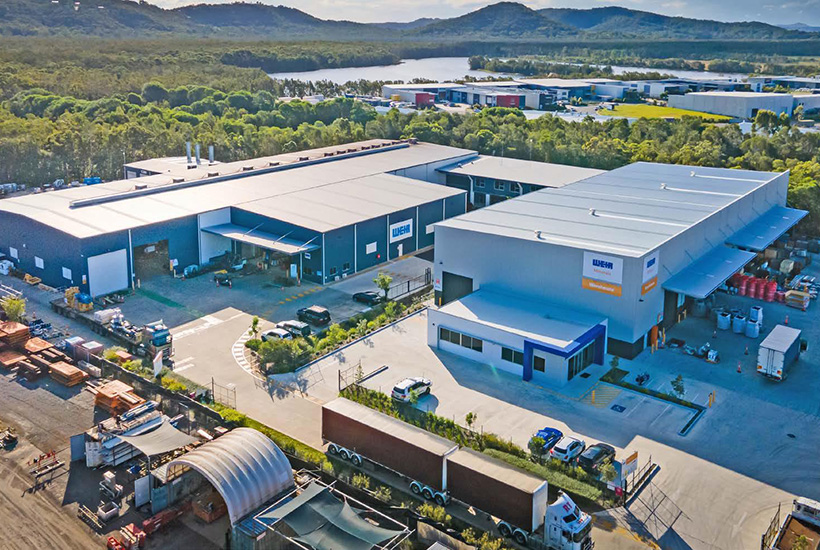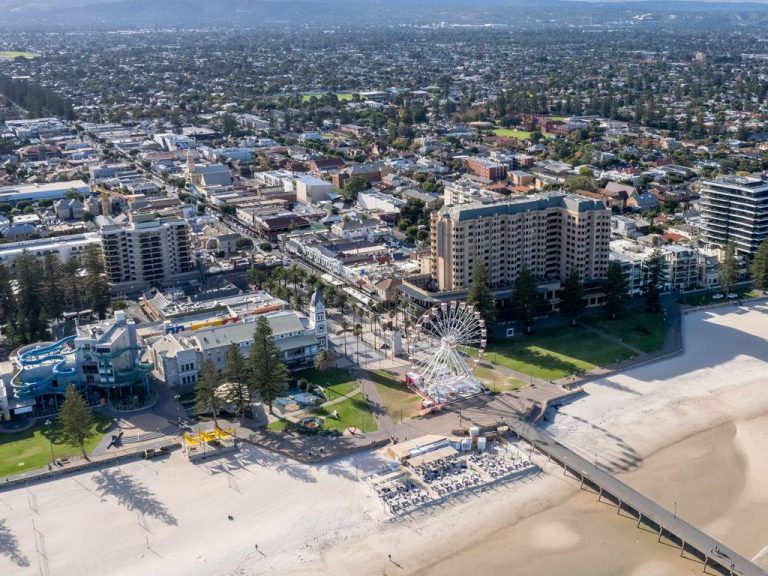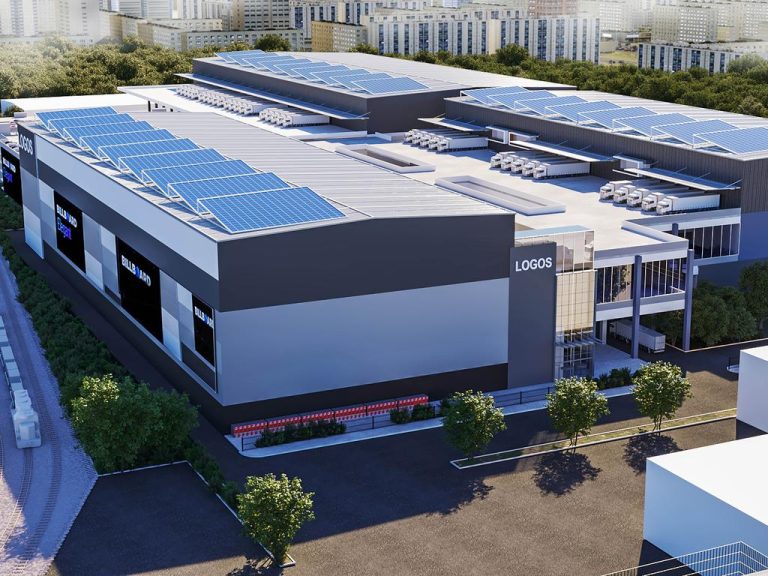Industrial occupiers and investors following population to the regions

The industrial sector continues to outperform other asset classes nationally, with regional centres along the east coast outstripping capital cities thanks to record migration levels and pandemic-related e-commerce demand, new research shows.
The flight to the regions has supported economic growth, driven demand for warehouse space among occupiers, and encouraged investors in search of opportunities, according to the Colliers Regional Industrial Spotlight Report.
The report looked at industrial property in regional areas with a particular focus on the Sunshine Coast, Toowoomba, the Gold Coast, Newcastle, Wollongong and Geelong markets where yields range from 5.5-7.35% for prime industrial properties.

Part of the reason why certain regional industrial markets like Newcastle are likely to perform so well is because these areas are in demand but also have relatively lower stock when it comes to industrial property. Picture: Colliers
Colliers said these regions are likely to benefit from the trend toward decentralisation combined with high demand for space yet relatively lower industrial stock.
Director of research Luke Crawford said the key drivers supporting demand around the country are population growth, infrastructure investment, e-commerce and automation.
“The regional areas have those factors at play but have the added benefit of high population growth, which is fuelling demand for industrial space from retailers but also manufacturing groups and transport and logistics providers.”
Driven by COVID-induced lockdowns, online sales as a proportion of total retail sales in Australia jumped from 9% in March 2020 to 13% just over a year later and are expected to hit 20% by 2025, according to CBRE.
“What we saw was five years of projected growth in 12 months,” said Cameron Grier, CBRE’s regional director for Australia and New Zealand.
Mr Grier said international supply chain disruptions prompted by the pandemic have caused companies around Australia to take on more risk.
“Businesses are holding more stock. They’re happy to take on more warehouse space than they ever did.”
REA Group economist Anne Flaherty said population growth in the regions and the resulting increase in demand for goods, particularly for building and fitting out homes, is driving up industrial space — and foreign investors are taking notice.
“Foreign investors have been a really dominant force there with the expectation that demand will only grow.”
Historically, demand for industrial property in regional centres has been fuelled by groups already in the area, but Mr Crawford said this is no longer the case.
“We’re starting to see groups that were in Sydney moving up to Newcastle, for example, because they can get access to a large employment base and it’s a good lifestyle market so they can retain their workers.”
Satellite locations once considered second-tier relocation options have received a new lease on life thanks to the possibilities brought about by unprecedented levels of infrastructure investment.
“The east coast infrastructure pipeline exceeds $80 billion and, once complete, will reshape the demand drivers for industrial land,” the report said. “The improvement in access to regional centres will enhance connectivity to both local and offshore markets.”
The industrial, transport, postal and warehouse sector has been one of the strongest for jobs growth in regions, Ms Flaherty said. “Over the last 12 months to May, there’s been 8,700 new regional jobs created in that sector.”
But demand for industrial and logistics space in regional centres is not being met by supply, which is pushing vacancy rates down and rents up.
The industrial vacancy rate in capital cities nationwide sits at 3.5% compared to 2 to 3% in regional markets, the report said.
Prime rental growth in major regional centres along the east coast over the past 12 months measured 8.3% compared to 1.2% in capital cities. Prime capital value growth there was 27.2% compared to 25.3% in the cities, with some regional centres like Geelong and the Gold Coast going even higher.
“If you’re buying warehouse space in a regional area there’s a very good chance that you’ll see rent growth and strong demand for your property,” Ms Flaherty said.
Mr Crawford said more institutional capital will move into the regions over coming years, which may help to increase supply.
But it may not be enough to satisfy demand, Ms Flaherty said.
“If the trend in internal migration continues once our international border reopens, that shortage of industrial space would become more of an issue.”
Mr Grier at CBRE said supply is also a challenge in east coast capitals, where demand is also surging.
“We’re seeing vacancies at historic low levels and the projected supply just won’t meet demand. That’s going to put upward pressure on rents and downward pressure on incentives. It’s a great story for landlords.”
Mr Crawford said city markets are currently riding the automation boom, which is yet to hit the regions, and they are more likely to benefit from external population growth once international borders reopen.
Until then, industrial hubs in key regional centres will continue to outperform those in capital cities, he said, particularly in east coast lifestyle destinations.
“Looking ahead over the next five years, industrial property is a safe bet. There’s nothing on the horizon we can see will really impact the sector.”









